The Complete AutoCAD to IGES Conversion Guide
Table of Contents
- General Information
- Converting and Optimizing AutoCAD Files to IGES
- What are AutoCAD and IGES files commonly used for?
- Comparison of Features Supported by AutoCAD and IGES
- Limitations of AutoCAD Files to IGES Conversion Workflow
- What's the best way to get AutoCAD files into my 3D applications, and are there alternatives to using IGES?
General Information
This guide is part of the RapidPipeline 3D Formats Knowledge Database. It shows how to convert AutoCAD to IGES, if you'd like to know more about the formats, please check out the following links:
Converting and Optimizing AutoCAD Files to IGES
RapidPipeline can import AutoCAD files, but currently doesn't support exporting to IGES format yet.
If you specifically need IGES export functionality for your workflow, please feel free to get in touch with us - we'd be happy to discuss your requirements and potential timeline for adding this export capability.
If you need, you can import IGES files and convert them to any of these 8 formats: FBX, glTF, OBJ, PLY, STL, USD, USDZ, and VRM.
In the meantime, you can explore other options on the 3D Formats Knowledge Database, which might serve as suitable alternatives for your workflow depending on your target applications and use cases.

Comparison of Features Supported by AutoCAD and IGES
| Feature | Supported by AutoCAD | Supported by IGES |
|---|---|---|
| Morph Targets | No | No |
| Rigid Animations | No | No |
| Skinned Animations | No | No |
| Animations | No | No |
| Free-Form Surfaces | Yes | Yes |
| Geometry Compression | No | No |
| Quad Meshes | Yes | Yes |
| Basic 3D Geometry | Yes | Yes |
| PBR Materials | No | No |
| Transparent Materials | Yes | No |
| Vertex Colors | Partial0 | Partial1 |
| Materials | Partial2 | Partial3 |
| Scene Composition | Yes | Partial4 |
| Hierarchical Scene Graph | Yes | Partial5 |
| Scene Nodes | Yes | Yes |
| Standardized Format | Partial6 | Partial7 |
| Embedded Textures | Partial8 | No |
| Multiple UV Channels | Partial9 | No |
| Normal Mapping | No | No |
| Procedural Textures | No | No |
| Texture Compression | No | No |
| Texture Transforms | Partial10 | No |
| Texturing | Partial11 | No |
Limitations of AutoCAD Files to IGES Conversion Workflow
The following limitations should be taken into account when converting AutoCAD files to IGES format:
| AutoCAD Feature (not supported by IGES) | Limitation Details |
|---|---|
| Texturing | Texturing Support: AutoCAD: Partial support | IGES: No support 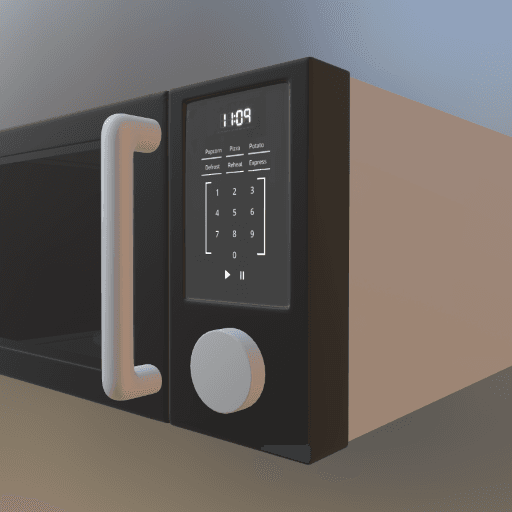 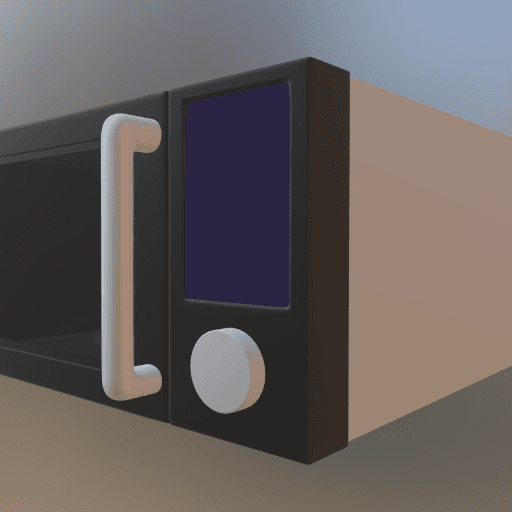 AutoCAD Notes: Basic texture mapping capabilities primarily through material assignments and visual styles, not as comprehensive as dedicated 3D graphics applications. Impact: Texturing describes the process or refining the visual appearance of a 3D model's surface through additional 2D or 3D data, defined in a different reference system. The by far most common use of texturing are 2D texture images, applied to model visual material properties the 3D surface. Other cases include the use of procedural 2D or 3D funtions that produce intensity or color signals, which are then mapped to the 3D surface. For the vast majority of these cases (all of them except for 3D procedural functions), a parameterization or "Texture Mapping" is needed, which maps the 2D content to the 3D surface. Coming from a 2D coordinate space with coordinate axes often entitled U and V (in contrast to XYZ, which are the 3D surface positions), this process of mapping is also called UV Mapping, and it can be done with a dedicated UV map, or through a live mapping (e.g., box mapping). In this example, a texture image is applied to the 3D model to give the control panel a realistic look. Without support for texturing, the panel would have to use a single material instead, or all controls (including text) would need to be modeled through 3D geometry, instead of a 2D texture image. |
| Texture Transforms | Texture Transforms Support: AutoCAD: Partial support | IGES: No support 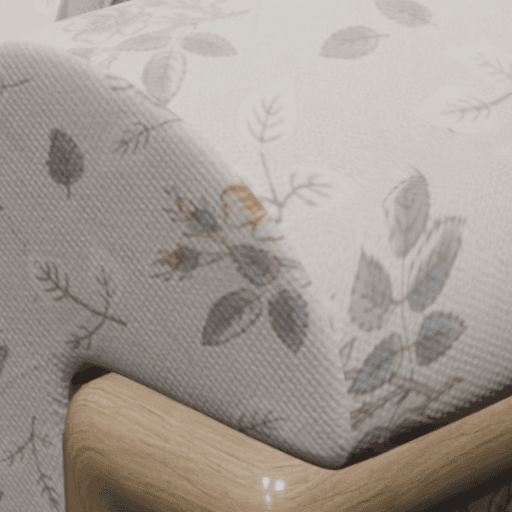  AutoCAD Notes: Limited texture transformation capabilities, mainly through material properties and basic UV mapping for visualization purposes. Impact: Texture transforms describe transformation operations that are applied to 2D texture images or UV coordinates when using 2D texture data on a 3D surface. They can be used, for example, to make sure that material patterns are using real-world scale when rendered on the 3D surface. In this example, such a pattern is used and scaled with the help of a texture transform. Without support for this feature, the texture pattern shows up at the wrong scale. |
| Multiple UV Channels | Multiple UV Channels Support: AutoCAD: Partial support | IGES: No support 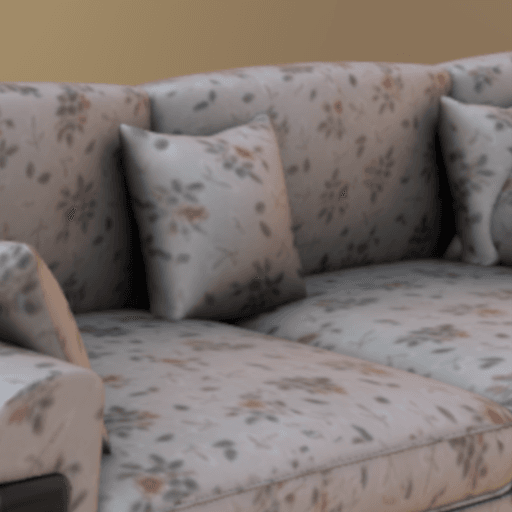 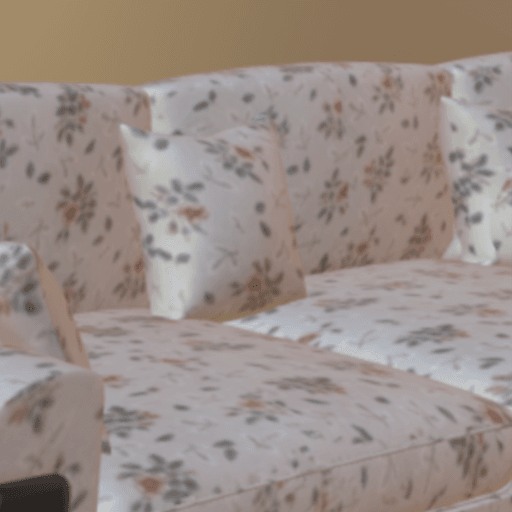 AutoCAD Notes: Basic UV mapping support through material assignments, not as advanced as specialized 3D modeling applications. Impact: Multiple UV channels allow the optimized and sophisticated use of various 3D modeling features at once. For example, one can use one set of UVs and 2D texture data to model a tiling texture or procedural material, and another UV set to leverage a global lightmap or occlusion map of the 3D model. In this example, a combination of tiled texture (UV channel 1) and baked ambient occlusion map (UV channel 2) is used. Without support for this feature, one needs to either give up the tiling property (e.g., by using a tool like RapidPipline to bake a single texture atlas), or give up the ambient occlusion map, as only one UV channel will be usable. |
| Embedded Textures | Embedded Textures Support: AutoCAD: Partial support | IGES: No support   AutoCAD Notes: Textures can be referenced and included with drawings but with limited embedding capabilities compared to dedicated 3D formats. Impact: Embedded textures allow the storage and exchange of an entire 3D model and its materials within a single file, by embedding the texture images directly into the 3D file (and not storing them as separate image files). Without support for this feature, textures have to be stored in separate image files, and referenced from the main 3D model file. |
| Transparent Materials | Transparent Materials Support: AutoCAD: Full support | IGES: No support 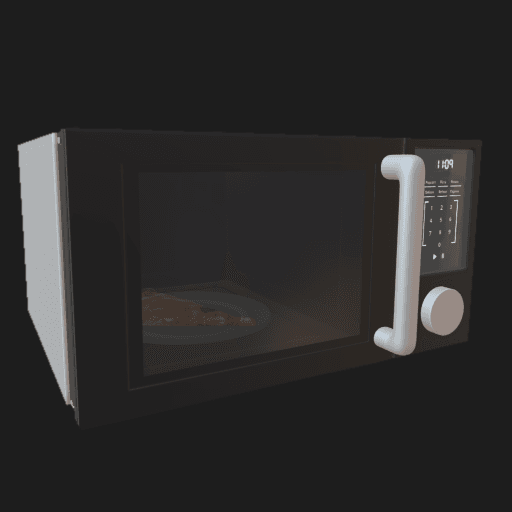 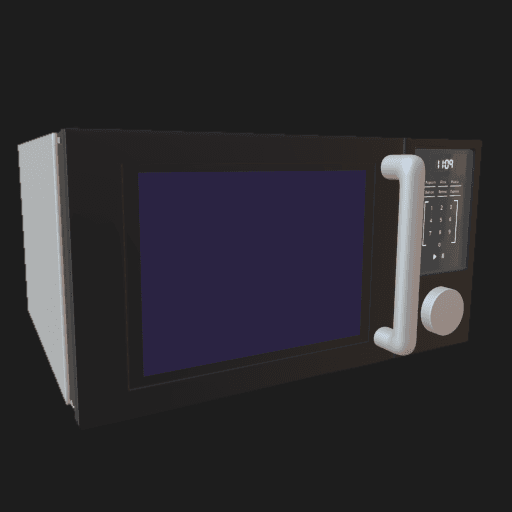 Impact: Transparency is commonly used for see-through objects, containing (usually partially) transparent surfaces. In this example, a transparent material is used to model the glass window of the microwave, so that one can see inside. Without support for this feature, the inside of the microwave cannot be seen, as the window will be rendered as an opaque surface. |
| Hierarchical Scene Graph | Hierarchical Scene Graph Support: AutoCAD: Full support | IGES: Partial support   IGES Notes: Basic entity relationships and grouping Impact: Scene graphs are one of the most common concepts in 3D computer graphics. By structuring the scene in a hierarchical way, logical parts of it can be easily addressed and transformed. This is useful in many applications, like games or 3D configurators. Without support for this feature, a 3D scene cannot be structured hierarchically, for example objects cannot be logically composed of smaller objects. |
| Scene Composition | Scene Composition Support: AutoCAD: Full support | IGES: Partial support   IGES Notes: Assembly relationships with limited constraints Impact: Scene Composition describes the process of composing a scene through links from a main scene that pull in various other scenes/3D models. This can also happen in a nested fashion (through multiple levels of linkage). With a target format not supporting this feature, references to external models must be resolved and the content be baked into one 3D model, which is then saved in that target format. |
What's the best way to get AutoCAD files into my 3D applications, and are there alternatives to using IGES?
Doing 3D conversion right, especially at scale, can be tricky, as 3D data is in general a rather complex (yet very powerful!) medium. This also applies to AutoCAD and IGES files - the conversion guide above provides a rough first idea about that. Once you know what you would like to do, tools like RapidPipeline can help you perform the necessary steps, and to even automate the process for thousands or even millions of files.
Especially when introducing pipelines and workflows at scale in an enterprise context, it is usually good to rely on dedicated tools and expertise, making sure you do not introduce any steps into your 3D workflow that are detrimental to the final output's quality, or that take your team too much time (and money).
If you're interested to hire dedicated expertise from the best in the field to help your company reach your goals fast and reliably, please do not hestitate to contact DGG. Being the creators of RapidPipeline, and ambassadors for open 3D standards for more than a decade, we have been building some of the world's most advanced 3D pipelines, having processed many millions of 3D assets.
Therefore, our expertise will help you to reach your goals faster, at scale, and with the least possible friction, since we are focused on maximum interoperability.
To get started with 3D data conversion and optimization today, sign up for a free account!
If you have any questions, feel free to chat with our human team.
Meet the Author

3D Knowledge Team
3D Technical Artists
RapidPipeline lets you convert, optimize and prepare your 3D models, easily. Try it today, or meet our human 3D experts. The Best-in-Class Tools for Your 3D Processing Jobs